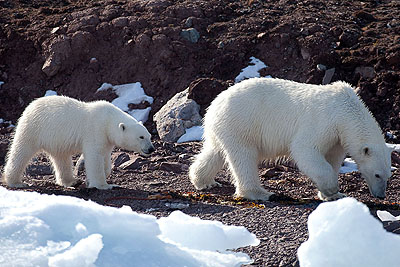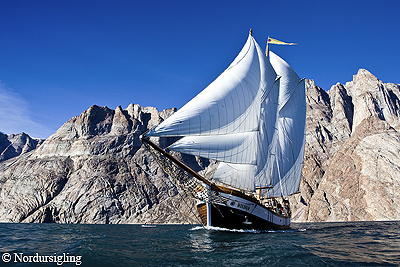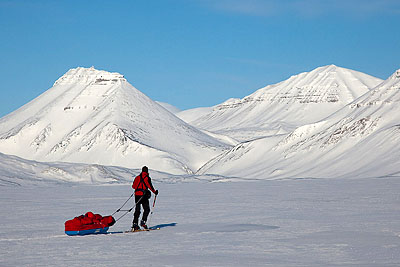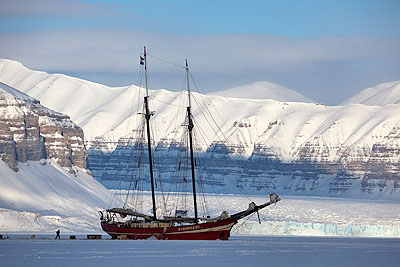-
current
recommendations- Liefdefjord
New page dedicated to one of Spitsbergen's most beautiful fjords. Background information and many photos.
- New Spitsbergen guidebook
The new edition of my Spitsbergen guidebook is out and available now!
- Liefdefjord
New page dedicated to one of Spitsbergen's most beautiful fjords. Background information and many photos.
Page Structure
-
Spitsbergen-News
- Select Month
- May 2025
- April 2025
- March 2025
- February 2025
- January 2025
- December 2024
- November 2024
- October 2024
- September 2024
- August 2024
- July 2024
- June 2024
- May 2024
- April 2024
- March 2024
- February 2024
- January 2024
- December 2023
- November 2023
- October 2023
- September 2023
- August 2023
- July 2023
- June 2023
- May 2023
- April 2023
- March 2023
- February 2023
- January 2023
- December 2022
- November 2022
- October 2022
- September 2022
- August 2022
- July 2022
- June 2022
- May 2022
- April 2022
- March 2022
- February 2022
- January 2022
- December 2021
- November 2021
- October 2021
- September 2021
- August 2021
- July 2021
- June 2021
- May 2021
- April 2021
- March 2021
- February 2021
- January 2021
- December 2020
- November 2020
- October 2020
- September 2020
- August 2020
- July 2020
- June 2020
- May 2020
- April 2020
- March 2020
- February 2020
- January 2020
- December 2019
- November 2019
- October 2019
- September 2019
- August 2019
- July 2019
- June 2019
- May 2019
- April 2019
- March 2019
- February 2019
- January 2019
- December 2018
- November 2018
- October 2018
- September 2018
- August 2018
- July 2018
- June 2018
- May 2018
- April 2018
- March 2018
- February 2018
- January 2018
- December 2017
- November 2017
- October 2017
- September 2017
- August 2017
- July 2017
- June 2017
- May 2017
- April 2017
- March 2017
- February 2017
- January 2017
- December 2016
- November 2016
- October 2016
- September 2016
- August 2016
- July 2016
- June 2016
- May 2016
- April 2016
- March 2016
- February 2016
- January 2016
- December 2015
- November 2015
- October 2015
- September 2015
- August 2015
- July 2015
- June 2015
- May 2015
- April 2015
- March 2015
- February 2015
- January 2015
- December 2014
- November 2014
- October 2014
- September 2014
- August 2014
- July 2014
- June 2014
- May 2014
- April 2014
- March 2014
- February 2014
- January 2014
- December 2013
- November 2013
- October 2013
- September 2013
- August 2013
- July 2013
- June 2013
- May 2013
- April 2013
- March 2013
- February 2013
- January 2013
- December 2012
- November 2012
- October 2012
- September 2012
- August 2012
- July 2012
- June 2012
- May 2012
- April 2012
- March 2012
- February 2012
- January 2012
- December 2011
- November 2011
- October 2011
- September 2011
- August 2011
- May 2011
- April 2011
- March 2011
- February 2011
- January 2011
- December 2010
- November 2010
- September 2010
- August 2010
- July 2010
- June 2010
- May 2010
- April 2010
- March 2010
- February 2010
- November 2009
- October 2009
- August 2009
- July 2009
- June 2009
- May 2009
- April 2009
- March 2009
- February 2009
- January 2009
- December 2008
- November 2008
- October 2008
- August 2008
- July 2008
- June 2008
- May 2008
- April 2008
- March 2008
- February 2008
- April 2000
- Select Month
-
weather information
-
Newsletter

| Guidebook: Spitsbergen-Svalbard |
Home → April, 2012
Monthly Archives: April 2012 − News & Stories
Species “polar bear” older than believed so far
So far it has been assumed that the species polar bear (Ursus maritimus) has a rather recent origin in the upper Pleistocene, maybe 100.000 or maximum 200.000 years ago. This would indicate a very close relationship to brown bears and a quick adaption to the high arctic environment.
A study recently published in Science has now indicated a much older origin for the species. The authors suggest an evolutionary age of approximately 600.000 years (confidence intervall 338.000 to 934.000 years, mid- to lower Pleistocene). Older studies are supposed to be misled by genetical contamination from cross-breeding, an error source believed to be avoided in the new study.
Polar bears as a species have accordingly had significantly more time to adapt from the sub-arctic habitat of brown bears to the high arctic. If this has any implications for the adaptation time of polar bears to recent changes in environment and climate remains an unanswered question at the time being.
Small polar bear family in Spitsbergen. Their ancestors were already roaming through the ice in mid-Pleistocene times.
Source: Science
East Greenland 2013
Starting in 2013, Rolf Stange and the “Geographische Reisegesellschaft” will be offering trips not only in Spitsbergen, but also in East Greenland. We will spend some days in Ammassalik and then board the Icelandic schooner Hildur to explore Scoresbysund, the world’s largest fjord system, for a week.
The trip will be German speaking. Click here for more info: East Greenland 2013.
Hildur in Scoresbysund, East Greenland.
Big oil is watching Spitsbergen
The oil and gas industry will focus research activities on on-shore areas of Spitsbergen. Even though oil and gas production is unlikely on the islands not only for fragile legal reasons, but also due to more solid geological circumstances: here it is easy to study what is hidden under the sea floor further south in the Barents Sea. The so-called Barents Shelf is believed to have significant potential for hydrocarbon production.
Mainly of interest are Triassic and Jurassic sediments that are rich in organic material and widely spread in central and southeastern parts of Svalbard. Equivalents of these rocks near the Norwegian coast have already turned out to be productive. Several oil companies have already announced their interest to conduct geological excursions to these parts of Svalbard.
Triassic rocks in Sassendalen. These rocks are interesting for the oil and gas industry.
Source: Nettavisen for Geomiljøet
Easter keeps the winter’s promise
After a disappointing early season, the Easter weekend brought dream conditions in Spitsbergen: good terrain conditions for tours and bright sunshine. All those who went out on tours by snow mobile, ski or dog sledge could enjoy wonderful days in a friendly winter arctic. Traditionally, both locals and tourists are out in these days in considerable numbers. Nevertheless, it was a calm weekend for the emergency services: a polar bear that was seen near Longyearbyen turned out to be a reindeer, and an avalanche triggered by a a person on ski did not do any damage.
Even the ice seems to come to the coasts slowly, both the drift in the north and east and the fast ice in the fjords, but not to the degree that is normal in April. The sailing boat Noorderlicht, that is usually frozen in the ice in Tempelfjord, even visited Longyearbyen before Easter, but returned to stay in an ice channel that had been created in 7 hours work with axes and chain saws. The first visitors could already be welcomed on the “ship in the ice”.
The only bad news seems to be rumours about repeated disturbance of a young polar bear family on the east coast of Spitsbergen by inconsiderate or even reckless snow mobile drivers. It is said that these are individual locals from Longyearbyen. Complains have been filed both by other locals and by organised tourist groups.
Ski hiking in Spitsbergen.
The “boat in the ice”
Normally in April, the sailing boat Noorderlicht is frozen in solid ice in Tempelfjord to serve as a destination for snowscooter or dog sledge tours. This year, the “boat in the ice” is a “boat without ice”: until now, the fjords have simply not frozen due to the largely unusually mild weather and the high water temperatures. Before Eastern, Noorderlicht even left Tempelfjord to visit Longyearbyen.
The ice chart shows an unusual lack of fast ice for the season. Normally, most smaller fjords on the west coast and large areas in the east are frozen over with solid fast ice in April. But what is “normal” these days?
The “boat in the ice”: Noorderlicht in Tempelfjorden, April 2010.
Source: Svalbardposten
PCB-concentrations in polar bears on the decrease
Hard to believe, but there are good news for polar bears: biologists from the university of Trondheim (Norway) have done research on tissue samples collected from female polar bears. Their results show that polychlorated biphenyls (PCB) have dropped significantly between 1998 and 2008. The values for young bears are 59 % lower and those of adult females have decreased by 55 %. The actual concentrations are still well capable of doing harm to a bear’s reproductive and immune system, but the trend is without doubt good news.
PCBs have been used worldwide for multiple technical processes, including cooling agents and electric parts. Since 2004, there is a ban on PCB production within the Stockholm convention system that has been signed by most major countries, with a few exceptions, noticeably the USA.
Small polar bear family in summer drift ice north of Spitsbergen.
Source: Universität Trondheim
News-Listing live generated at 2025/May/02 at 21:56:46 Uhr (GMT+1)


































